This article was co-authored by Laura Marusinec, MD. Dr. Marusinec is a board certified Pediatrician at the Children's Hospital of Wisconsin, where she is on the Clinical Practice Council. She received her M.D. from the Medical College of Wisconsin School of Medicine in 1995 and completed her residency at the Medical College of Wisconsin in Pediatrics in 1998. She is a member of the American Medical Writers Association and the Society for Pediatric Urgent Care.
There are 25 references cited in this article, which can be found at the bottom of the page.
wikiHow marks an article as reader-approved once it receives enough positive feedback. In this case, 91% of readers who voted found the article helpful, earning it our reader-approved status.
This article has been viewed 99,814 times.
Blood clots, whether found in the veins or the lungs, fall under the category of "venous thromboembolism," or VTE. The symptoms and effects of blood clots vary greatly depending on where they're found in the body. However, all blood clots can have potentially fatal effects if left untreated, including heart attack and stroke.[1] It's important to educate yourself on how to prevent blood clots from forming in the first place.
Steps
Understanding the Risk Factors
-
1Raise your awareness with age. The risk of having a first-time blood clot (VTE) is 100 in 100,000. However, that risk goes up exponentially as we age: by age 80, the rate of VTE is 500 in 100,000.[2] As you get older, it’s important to monitor your overall health with regular medical checkups.
- Recent surgery or a broken bone in your hips or legs increases your risk of blood clots.
-
2Consider your activity level. Those who lead a sedentary or inactive lifestyle are at higher risk of pulmonary embolism, or a blood clot in the lungs. People who sit more than six hours a day in their leisure time are twice as likely to have pulmonary embolism of those sit for less than two hours. Prolonged periods of lying, sitting, or standing in one place can cause blood stasis, leading to clots. This is one reason why VTE is so common in hospitalized patients, especially after surgery, and people traveling long distances.[3]Advertisement
-
3Calculate your body mass index (BMI). People who fall in to the obese category have a much higher risk of VTE than those in a healthy weight range.[4] The correlation is not completely understood, but experts believe at least part of it is due to the estrogen produced by fat cells. Estrogen is an independent risk factor for blood clots.[5] Fat cells also produce proteins called “cytokines,” which may play a role in formation of VTE.[6] Though not always the case, the obese may also lead more sedentary lives than those who fall into healthier weight ranges.
- To calculate your BMI, use an online BMI calculator, like the one on the Mayo Clinic website. You will need to input your age, height, weight, and sex for your results.
- An obese person will have a BMI of 30 or more. The overweight range is from 25-29.9, and normal from 18.5 to 24.9. Anything below 18.5 is considered underweight.
-
4Pay attention to your hormone levels. Hormonal shifts, especially those involving estrogen, can put people at risk of VTE. This is often seen in postmenopausal women who take estrogen supplements as part of hormone replacement therapy. Women who take hormonal contraception to prevent pregnancy and those who are pregnant are also at risk.[7]
- Before beginning any hormone therapy, discuss the risks and your options with your doctor.
-
5Be aware of a hypercoagulation. Coagulation is just another word for clotting, which is a normal process for your blood. Without it, you would bleed to death if you cut yourself! While coagulation is normal, hypercoagulation is when the blood clots too much, even when it's still in the body. Hypercoagulation can be caused by long periods of sitting or lying down, cancer, dehydration, smoking, and hormone therapies.[8] You are at risk of hypercoagulation if:
- You have a family history of abnormal blood clots.
- You personally had a blood clot at young age.
- You had blood clots during pregnancy.
- You've suffered from multiple unexplained miscarriages.
- Some genetic disorders, such as Factor 5 Leiden Disorder or Lupus Anticoagulant, can also cause this condition.
-
6Learn about other health conditions that increase the risk of blood clots. Atrial fibrillation (irregular heartbeat) and the build up of cholesterol plaques in your arteries can all lead to blood clots.[9]
- If you have atrial fibrillation, your blood isn't flowing properly, and may pool and begin to clot.
- People with atrial fibrillation may notice an irregular pulse but no other symptoms; it is usually discovered during routine check-ups. It can be treated with blood thinners or other medications, lifestyle changes, and in some cases a pacemaker or surgery.
- Waxy cholesterol plaques can build up in your arteries (sometimes as part of atherosclerosis) and, if the plaques break, they can begin the clotting process. Most heart attacks and strokes occur when plaque in your heart or brain bursts.
Preventing Blood Clots
-
1Exercise regularly. Studies show that 150 minutes of moderate to vigorous exercise a week decreases your risk of many health problems. This averages to 20-30 minutes of aerobic activity (walking, cycling, aerobics, etc.) a day. Choose an activity you enjoy enough to stick with! Exercise keeps your circulation flowing, improving your overall health and preventing VTE.[10]
-
2Elevate your legs periodically throughout the day. You can do this while resting or during sleep. Elevate your legs from your feet, not your knees; so, don't prop pillows under your knees to try and elevate them. Instead, raise your feet about six inches above your heart. Avoid crossing your legs.
-
3Break up long periods of sitting with activity. While it's important to get exercise on a daily basis, it's not enough to sit all day, then run for 20 minutes. If you're sitting or lying down for long periods of time — for example, if you're traveling, work at a computer, or are on bedrest — you need to take exercise breaks. Every two hours, get up and do some light activity. You can just walk around or do stationary calf exercises by rocking back and forth on your heels and toes.
- Any situation where you're seated with your legs flexed at the knee (the typical sitting position) puts you at risk. [11]
-
4Stay hydrated. Severe dehydration "thickens" the blood and promotes clot formation.[12] Everyone, but especially the elderly and others in high-risk categories, should drink plenty of water. The Institute of Medicine suggests men drink 13 cups of fluids (three liters) per day, and women drink nine cups (2.2 liters).[13]
- Never let yourself get thirsty. Thirst is the first, most obvious sign of dehydration. If you are feeling thirsty, you are already on your way toward dehydration.
- Another early sign a dry mouth or extremely dry skin.
- Drinking water immediately should be enough to rehydrate the body. If you are suffering from diarrhea or vomiting, or are sweating excessively, you may need an electrolyte solution like Gatorade to rehydrate.
-
5Get regular checkups during pregnancy. High estrogen states put women at a higher risk of VTE. But during pregnancy, there's nothing you can do about how much estrogen your body's producing. All you can do is try to avoid other risk factors (like smoking or long periods of sitting) and make sure your situation is being monitored by a medical professional.
- If you develop a VTE in a limb, the doctor can prescribe pregnancy-safe medication to prevent it from traveling to the lungs or brain and becoming potentially fatal.
- There are risks to taking blood thinners while pregnant, as it can interfere with the attachment of the placenta.
- However, in high-stakes VTE situations, Lovenox can potentially save lives. After delivery, the mother will switch to Coumadin, which is safe during breastfeeding.[14]
- VTE is the leading cause of maternal death in the United States and Western Europe.[15]
-
6Discuss alternatives to hormone replacement therapy (HRT) with your doctor. HRT medications, taken to control the symptoms of menopause, place you at an increased risk of blood clots. A non-hormonal alternative is to try a soy isoflavone treatment like Estroven, which helps with hot flashes but has no VTE risk. It is not currently known how effective soy is. You can also get soy from dietary sources like soybeans, soymilk, or tofu. There are, however, no guidelines available to help with dosing.[16]
- You can also choose to simply live with the symptoms of menopause without treatment. While uncomfortable, they are not bad for your health in any way.
-
7Take hormonal contraceptive only after medical recommendation. The combination of estrogen and progestin in most birth control pills can raise your risk of blood clots by three to four times. The overall risk for healthy women without other risk factors is still pretty low, though — about one in 3,000 experience VTE.[17]
- Women who bleed heavily during menstruation or have abnormal uterine lining should choose non-hormonal options, if available. Non-estrogen (progesterone only) hormonal contraceptives or even non-hormonal choices such as certain IUDs can be considered.
- Even if you have a history or risk of blood clots, hormonal contraception can still be taken if you take anticoagulant medication. Your doctor may also choose a very low estrogen form (or even non-estrogen form) of hormonal contraception, which can reduce your risk.
-
8Maintain a healthy weight. Because the excess of fat cells found in obesity is correlated with VTE risk, you should try to bring your weight down to healthy levels if you are obese (BMI of 30 or greater). The healthiest way to lose weight is through a combination of exercise and responsible dieting. Although you should limit your caloric intake, most nutritionists warn against eating less than 1,200 calories a day. That number may be higher if you're exercising a lot. Consult your dietician for your personal recommendations.[18]
- Wear a heart rate monitor while exercising to track your heart rate.
- To calculate your target heart rate, first find your maximum heart rate: 220 - your age.[19]
- Multiply that number by .6 to find your target heart rate, and try to sustain that rate for at least 20 minutes while exercising at least 4 times a week.
- For example, for a 50 year old woman, the target heart rate would be (220-50) x .6 = 102.
-
9Wear compression hose or socks. Compression hose are also known as TET, or thromboembolism-deterrent, hose. People who are on their feet for long hours, such as servers or nurses and doctors, often wear them to improve circulation. They can also be worn after you've already suffered from blood clots to relieve leg pain and swelling.[20] They're sometimes used with hospital patients who spend a lot of time on bed rest.
- You can buy compression hose at most drugstores or pharmacies. They only need to be knee high to improve circulation.
-
10Talk to your doctor about preventative medication. If your doctor feels like you are at high risk for a VTE, he may choose to put you on preventive medication. Depending on your individual assessment, he may recommend prescription (Coumadin or Lovenox) or over-the-counter medication, such as aspirin.
- Coumadin is a prescribed drug usually taken in one 5 mg oral dose per day.[21] However, in different people, it can produce different interactions with vitamin K, which is critical for normal blood clotting. Thus, dosages can vary wildly.
- Lovenox is a prescription injection you can give yourself at home.[22] You will get pre-loaded syringes that need to be administered twice daily. The dosage depends on your weight.
- Aspirin is a good over-the-counter option for lower risk patient.[23] It's been proven to prevent thrombotic events from blood clots to stroke and heart attack.
-
11Ask for medication specifically if you have cancer. One in five patients with malignant cancer will experience a VTE. This results from a multitude of reasons, including cancer-related inflammation, lack of mobility, or medication side-effects.[24] Cancer patients who get a VTE will be placed on Lovenox or Coumadin and may get an IVC (inferior vena cava) filter. An IVC filter acts like a strainer in case a deep vein clot breaks off from a leg vein. It prevents the clot from reaching the heart or lungs, where it could prove lethal.
-
12Take natural treatments with a grain of salt. Although there's anecdotal literature on natural therapies to reduce clot risk in cancer patients, there's no scientific backing to it. It's been argued that phytonutrients can prevent VTE in cancer patients.[25] However, there's no known mechanism that would cause this diet to inhibit inflammation and cytokine production, as argued. Foods suggested in this diet include:
- Fruits: Apricots, oranges, blackberries, tomatoes, pineapple, plums, blueberries.
- Spices: Curry, cayenne, paprika, thyme, turmeric, ginger, ginko, licorice.
- Vitamins: Vitamin E (walnuts and almonds, lentils, oats and wheats) and Omega 3 fatty acids (fatty fish such as salmon or trout).
- Plant Sources: sunflower seeds, canola oil, safflower oil.
- Supplements: Garlic, Ginko biloba, Vitamin C, nattokinase supplements.
- Wine and honey.
Warnings
- If you experience swelling, pain or tenderness, reddish or bluish skin discoloration or warmness in 1 of your legs, you may be experiencing a Deep Vein Thrombosis (DVT) and you need to see a physician as soon as possible.⧼thumbs_response⧽
- If you experience shortness of breath, sharp chest pain, dizziness or fainting, rapid heart rate or an unexplained cough with bloody mucous, you may be experiencing a Pulmonary Embolism (PE) and you need to get to a hospital immediately or call 911. This may be a blood clot that has lodged in your lung and requires urgent medical attention.⧼thumbs_response⧽
References
- ↑ https://www.nhs.uk/conditions/blood-clots/
- ↑ Richard White, The Epidemiology of Venous Thrombosis. Circulation 2003 107 1 (4) 1-8
- ↑ http://www.theguardian.com/society/2011/jul/05/sedentary-lifestyle-pulmonary-embolism
- ↑ http://www.ncbi.nlm.nih.gov/pubmed/16164883
- ↑ https://www.acog.org/clinical/clinical-guidance/committee-opinion/articles/2013/04/postmenopausal-estrogen-therapy-route-of-administration-and-risk-of-venous-thromboembolism
- ↑ https://pubmed.ncbi.nlm.nih.gov/11914652/
- ↑ http://www.clevelandclinicmeded.com/medicalpubs/diseasemanagement/womens-health/risk-of-venous-thromboembolism/
- ↑ http://familydoctor.org/familydoctor/en/diseases-conditions/hypercoagulation.html
- ↑ http://www.webmd.com/dvt/blood-clots
- ↑ http://www.revespcardiol.org/en/cardiovascular-risk-factors-insights-from/articulo/13117552/
- ↑ Harvey Sugarman MD, Bo G Eklof MD, William Toft MD. Air Travel-Related deep Vein Thrombosis and Pulmonary Embolism, JAMA, Dec 19 2012 vol 308 No 23 2531
- ↑ Stephen Gabon MD, MPH. Prevention of Deep Vein Thrombosis and Pulmonary Embolism, Public Health Reports . 2008 July-Aug 123 (4) 420-421.
- ↑ http://www.mayoclinic.org/healthy-lifestyle/nutrition-and-healthy-eating/in-depth/water/art-20044256
- ↑ Lee Dresang MD, Pat Fontaine MD, Larry Leeman MD et al American Family Physician June 15 2008, issue 77 (12) 1709-1716
- ↑ http://atvb.ahajournals.org/content/29/3/326.full
- ↑ https://www.nhs.uk/conditions/hormone-replacement-therapy-hrt/alternatives/
- ↑ https://www.medsafe.govt.nz/consumers/educational-material/Hormonal%20Contraceptives.pdf
- ↑ https://www.nhlbi.nih.gov/health/educational/lose_wt/eat/calories.htm
- ↑ http://www.heart.org/HEARTORG/GettingHealthy/PhysicalActivity/FitnessBasics/Target-Heart-Rates_UCM_434341_Article.jsp
- ↑ https://www.cochrane.org/CD004002/PVD_compression-stockings-preventing-deep-vein-thrombosis-dvt-airline-passengers
- ↑ http://www.webmd.com/drugs/2/drug-4069/coumadin-oral/details
- ↑ http://www.lovenox.com/
- ↑ https://patient.info/medicine/aspirin-to-prevent-blood-clots-danamep-nu-seals
- ↑ https://www.cdc.gov/ncbddd/dvt/materials/cancer-and-blood-clots.html
- ↑ https://academic.oup.com/ajcn/article/78/3/552S/4689996
About This Article
To prevent blood clots, make sure to do aerobic exercises, like walking and cycling, for about 20 to 30 minutes each day to keep your circulation flowing. In addition to regular exercise, break up long periods of sitting by going for a walk, stretching, or even just rocking back and forth on your heels and toes. Alternatively, if you're on your feet for long hours, you might benefit from wearing compression hose or socks, which can improve your circulation as well as relieve leg pain and swelling. You can also prevent blood clots while resting or sleeping by putting a pillow under your feet, so they're elevated about six inches above your heart. For more tips from our Medical co-author, including how to prevent blood clots with medication, scroll down.
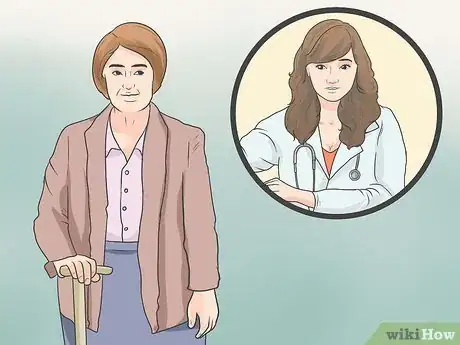

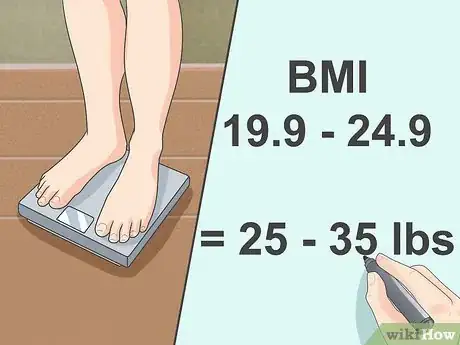
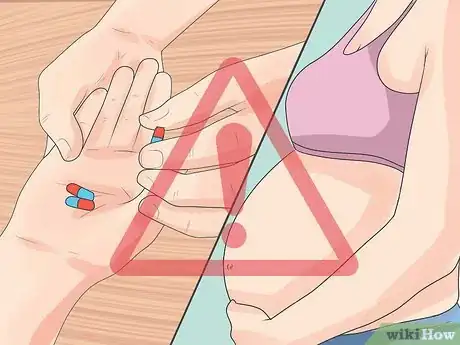

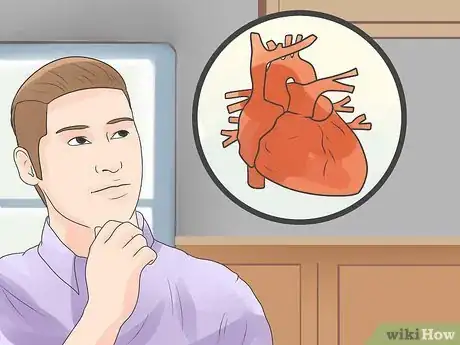
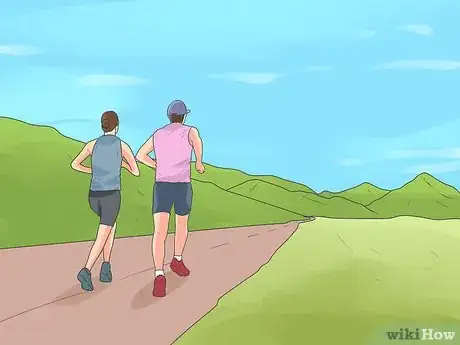
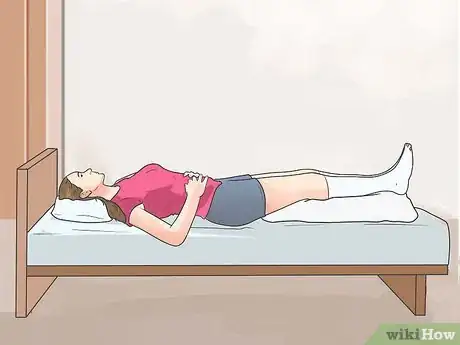


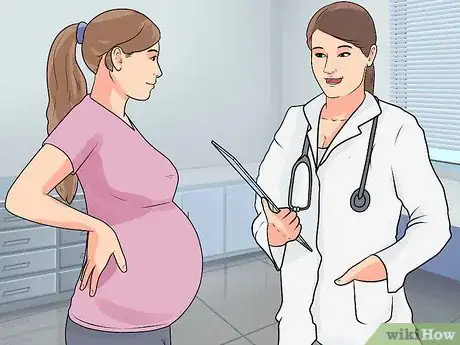
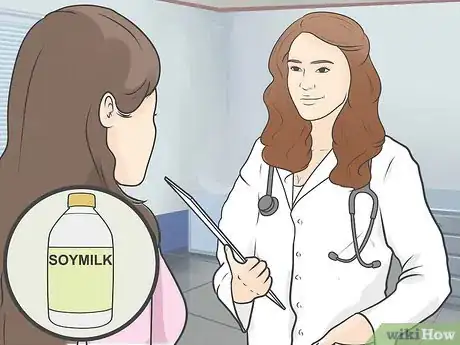
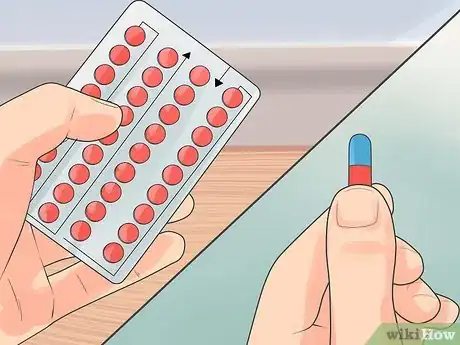
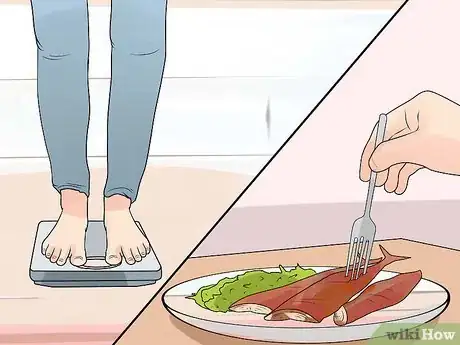
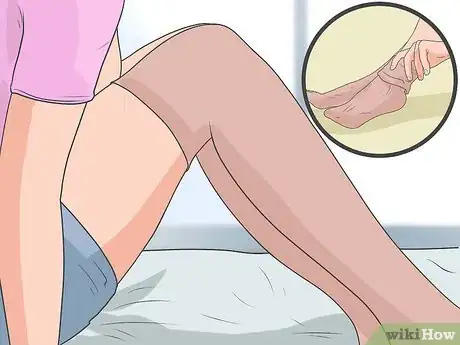
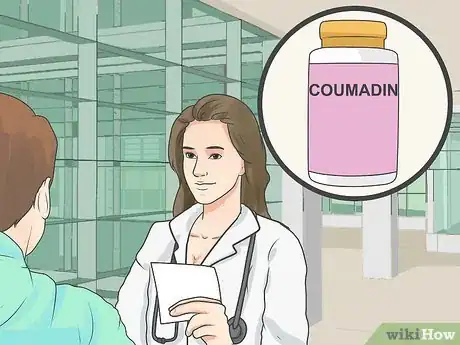
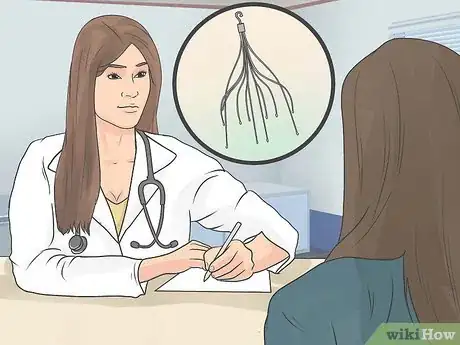

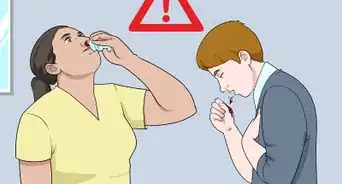

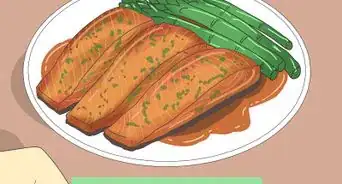





-Step-13.webp)

-Step-16.webp)
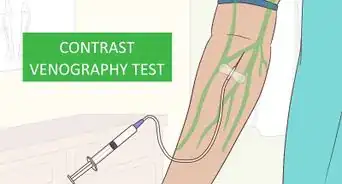
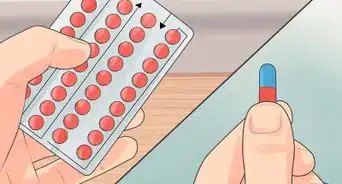









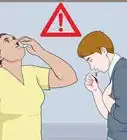


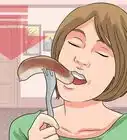



































Medical Disclaimer
The content of this article is not intended to be a substitute for professional medical advice, examination, diagnosis, or treatment. You should always contact your doctor or other qualified healthcare professional before starting, changing, or stopping any kind of health treatment.
Read More...